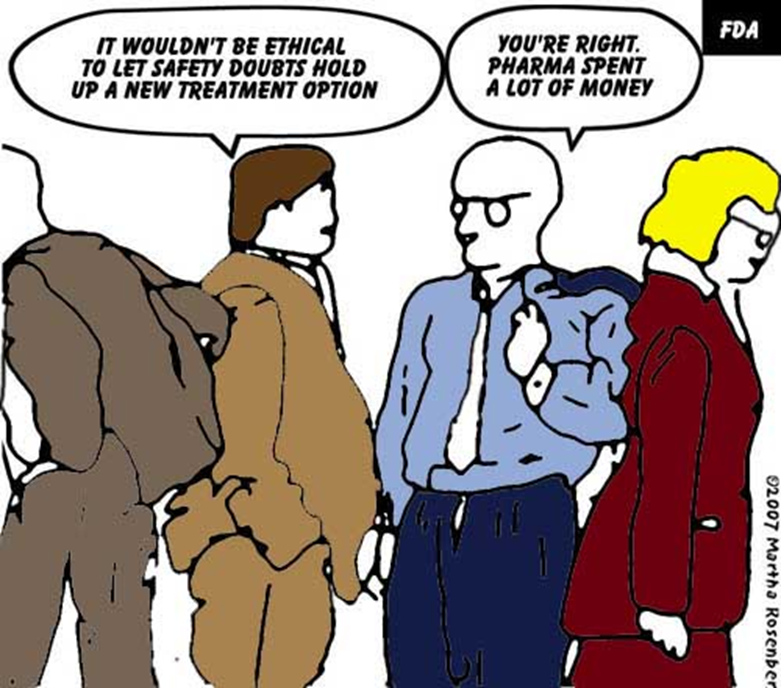Filmmaker Michael Moore Weighs In On Why Columbine Happened
On this 12-year anniversary of the shooting rampage at Columbine High School in Littleton, Colorado, let us not forget the real lesson of Columbine: psychiatric drugs induce violence.
Shooter Eric Harris was taking the antidepressant Luvox at the time he and Dylan Klebold opened fire at Columbine High School, killing 12 students and a teacher and wounding 26 others before killing themselves. At least one public report exists of a friend of Klebold who witnessed Klebold taking the antidepressants Paxil and Zoloft and urged him to come off them. Officially, Klebold’s medical records remain sealed.
Luvox, Paxil and Zoloft are in a class of drugs called selective serotonin reuptake inhibitors (SSRIs). Among the international regulatory agencies issuing warnings on these antidepressants, the FDA issued a Public Health Advisory in 2004 warning that “anxiety, agitation, panic attacks, insomnia, irritability, hostility, impulsivity, akathisia [severe restlessness], hypomania [abnormal excitement] and mania [psychosis characterized by exalted feelings, delusions of grandeur and overproduction of ideas] have been reported in adult and pediatric patients being treated with antidepressants.” (For further information on international studies and warnings about antidepressants, go to CCHR International’s psychiatric drug side effects search engine.)
Luvox, Paxil and other antidepressants also made the top 10 list of violence-inducing prescription drugs in a report from the Institute for Safe Medication Practices, which was based on data from the FDA’s Adverse Event Reporting System (see “Study Reveals Top Ten Violence-Inducing Prescription Drugs [– Eight Are Psychiatric Drugs]”).
Dr. Ann Blake Tracy, executive director of the International Coalition for Drug Awareness and author of Prozac: Panacea or Pandora? – Our Serotonin Nightmare, is an expert consultant in cases like Columbine in which antidepressants are involved.
Dr. Tracy says the Columbine killers’ brains were awash in serotonin, the chemical which causes violence and aggression and triggers a sleep-walking disorder in which a person literally acts out their worst nightmare. Harris became obsessed with homicidal and suicidal thoughts “within weeks” after he began taking Zoloft, according to Dr. Tracy. Due to his obsession with killing, Harris was switched to Luvox, which was in his system at the time of the shooting, according to his autopsy. However, the change from Zoloft to Luvox is like switching from Pepsi to Coke, Dr. Tracy said.
A growing number of school shootings and other shooting rampages were committed by individuals under the influence of, or in withdrawal from, psychiatric drugs known to cause mania, psychosis, violence and even homicide. Consider this list of 13 massacres over the past decade or so, resulting in 54 dead and 105 wounded – and these are just the ones where the psychiatric drugs are known. In other cases, medical records were sealed or autopsy reports not made public or, in some cases, toxicology tests were either not done to test for psychiatric drugs or not disclosed to the public. But this is what we do know about the mental health “treatment” of those who committed these acts of violence:
- Dekalb, Illinois – February 14, 2008: 27-year-old Steven Kazmierczak shot and killed five people and wounded 16 others before killing himself in a Northern Illinois University auditorium. According to his girlfriend, he had recently been taking Prozac, Xanax and Ambien. Toxicology results showed that he still had trace amount of Xanax in his system.
- Omaha, Nebraska – December 5, 2007: 19-year-old Robert Hawkins killed eight people and wounded five before committing suicide in an Omaha mall. Hawkins’ friend told CNN that the gunman was on antidepressants, and autopsy results confirmed he was under the influence of the “anti-anxiety” drug Valium.
- Jokela, Finland – November 7, 2007: 18-year-old Finnish gunman Pekka-Eric Auvinen had been taking antidepressants before he killed eight people and wounded a dozen more at Jokela High School in southern Finland, then committed suicide.
- Cleveland, Ohio – October 10, 2007: 14-year-old Asa Coon stormed through his school with a gun in each hand, shooting and wounding four before taking his own life. Court records show Coon had been placed on the antidepressant Trazodone.
- Blacksburg, Virginia – April 16, 2007: 23-year-old Seung Hui Cho shot to death 32 students and faculty of Virginia Tech, wounding 17 more, and then killing himself. He had received prior mental health treatment, however his mental health records remained sealed.
- Red Lake, Minnesota – March 2005: 16-year-old Jeff Weise, on Prozac, shot and killed his grandparents, then went to his school on the Red Lake Indian Reservation where he shot dead 7 students and a teacher, and wounded 7 before killing himself.
- Greenbush, New York – February 2004: 16-year-old Jon Romano strolled into his high school in east Greenbush and opened fire with a shotgun. Special education teacher Michael Bennett was hit in the leg. Romano had been taking “medication for depression”.
- El Cajon, California – March 22, 2001: 18-year-old Jason Hoffman, on the antidepressants Celexa and Effexor, opened fire on his classmates, wounding three students and two teachers at Granite Hills High School.
- Williamsport, Pennsylvania – March 7, 2001: 14-year-old Elizabeth Bush was taking the antidepressant Prozac when she shot at fellow students, wounding one.
- Conyers, Georgia – May 20, 1999: 15-year-old T.J. Solomon was being treated with antidepressants when he opened fire on and wounded six of his classmates.
- Columbine, Colorado – April 20, 1999: 18-year-old Eric Harris and his accomplice, Dylan Klebold, killed 12 students and a teacher and wounded 26 others before killing themselves. Harris was on the antidepressant Luvox. Klebold’s medical records remain sealed.
- Notus, Idaho – April 16, 1999: 15-year-old Shawn Cooper fired two shotgun rounds in his school, narrowly missing students. He was taking a prescribed SSRI antidepressant and Ritalin.
- Springfield, Oregon – May 21, 1998: 15-year-old Kip Kinkel murdered his parents and then proceeded to school where he opened fire on students in the cafeteria, killing two and wounding 22. Kinkel had been taking the antidepressant Prozac.
Filmmaker Michael Moore, who directed the documentary “Bowling for Columbine,” has said this, following his extensive look at the Columbine tragedy:
“In Bowling for Columbine,” we never really came up with the answer in terms of why this happened. I think we did a good job of exposing [that] all the reasons that were given were a bunch of B.S. ….And none of it really made any sense. That’s why I believe there should be an investigation in terms of what…prescribed pharmaceuticals these kids were on….
“It just would be shocking…to the millions of parents who prescribe this for their kids if it was finally explained to them, if this is the case, that this perhaps occurred for no other reason other than because of these prescriptions. “Imagine what that would do, imagine how people would totally re-think things – grasping for every little straw they can to explain why something like Columbine happens, when in fact it may be nothing more than this. How else do you explain two otherwise decent kids, very smart, no history of violence to other kids in the school – why them, why did this happen? It’s an extremely legitimate question to pose, and it demands an investigation.” (See the video clip of Michael Moore here.)
Given the growing list of shooters who were on psychiatric drugs, given the fact that 22 international drug regulatory agencies warn these drugs can cause violence, mania, psychosis, suicide and even homicide, and given the fact that a major study was just released confirming these drugs put people at greater risk of becoming violent, CCHR International asserts: “Any recommendation for more mental health ‘treatment,’ which [inevitably] means putting more people and more kids on these [psychiatric] drugs, is not only negligent, but considering the possible repercussions, criminal.”
If you or someone you know has been harmed by psychiatric drugs, you can contact us privately by clicking here or by calling 303-789-5225. All information will be kept in the strictest confidence. We welcome your comments on this article below.

